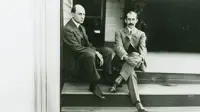People in history - Augustin Mouchot
By Kiron Kasbekar | 20 Mar 2024
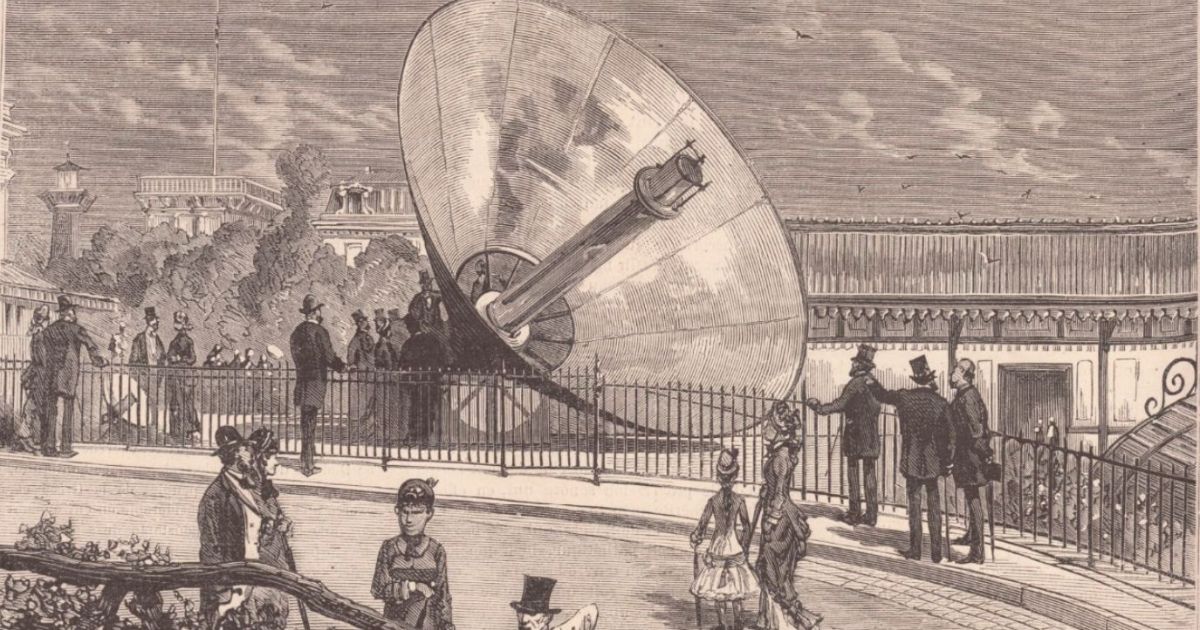
There was a man who, more than a century and a half ago, put in years of hard work to create a new technology to harness the power of the sun, something today’s generation has been trying hard to do now, with growing fears of the depletion of the world’s petroleum resources.
Today we worry about our excessive dependence on petroleum, and seek alternative energy sources. But would you believe it – there was a scientist who began looking for alternative sources of energy way back in the middle of the 19th century?
This man already had on his drawing board designs for the use of solar energy in the second half of the 19th century. A century and a half ago! Sadly, after some initial interest, his inventions were totally ignored.
He was not the first person to look at the sun as a source of power. The sun’s heat was used millennia ago to bake clay bricks, to bake dung that could later be used as fuel, to dry fish and meat for preservation...
Today the world is looking at solar power as an alternative to hydrocarbons and electricity. It has now been compelled to do so because it is running of hydrocarbon resources, it is also threatened by the climate change brought about by the excessive use of petroleum and coal.
Coal would be depleted one day
But long before the urgency of climate change gripped the world, a French mathematician and school teacher named Augustin Mouchot harbored a vision. He was not worried about climate change as much as the possibility of the world running out of coal, on which it depended for its energy, apart from some way too little water power.
He had a vision for how to deal with that problem. Had that vision come to fruition in his time, the world might well have been a much better place today.
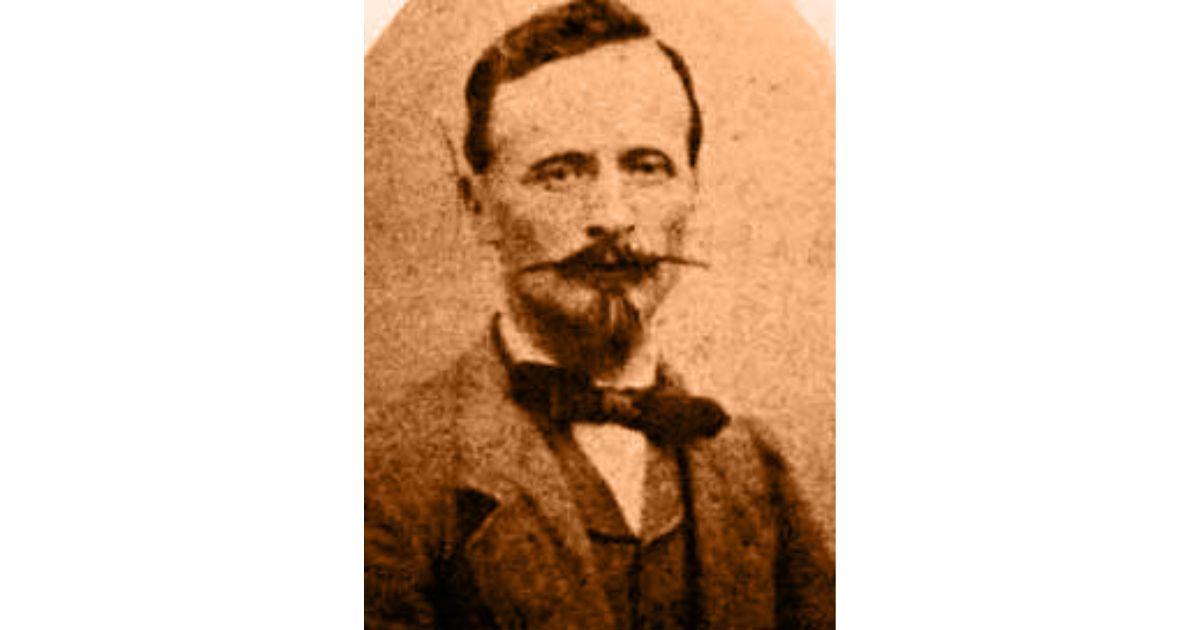
Born in Semur-en-Auxois, France, on 7th April 1825, at a time when petroleum had not yet begun to be harnessed as a significant source of energy, Mouchot could only see how huge quantities of coal were being extracted from the earth to fire the boilers and furnaces of industry. That made him shudder, and he recognized the need to find an alternative.
Mouchot was convinced that the coal reserves fueling the booming Industrial Revolution were finite. Society would have to find alternative sources of energy, sources that were perennial and would not be depleted.
This remarkable man foresaw an alternative future powered by the abundant energy of the sun. Around the middle of the 19th century he began looking at the possibilities of using the power of the sun. His work was serious enough for him to get French government funding to do full-time research.
Fueled by this vision, Mouchot embarked on a pioneering journey, laying the groundwork for what would become the field of solar energy.
Mouchot, the school teacher
Imagine Mouchot in 1860 in his role as a school teacher, getting up trembling morning after cold weekday morning to go to the school where he taught mathematics. The very thought of blundering about in the cold to stoke the stove to heat the water for his morning wash was daunting. Not a wealthy man, he needed to conserve the coal, which was only becoming more expensive those days.
He wished he could do something about it.
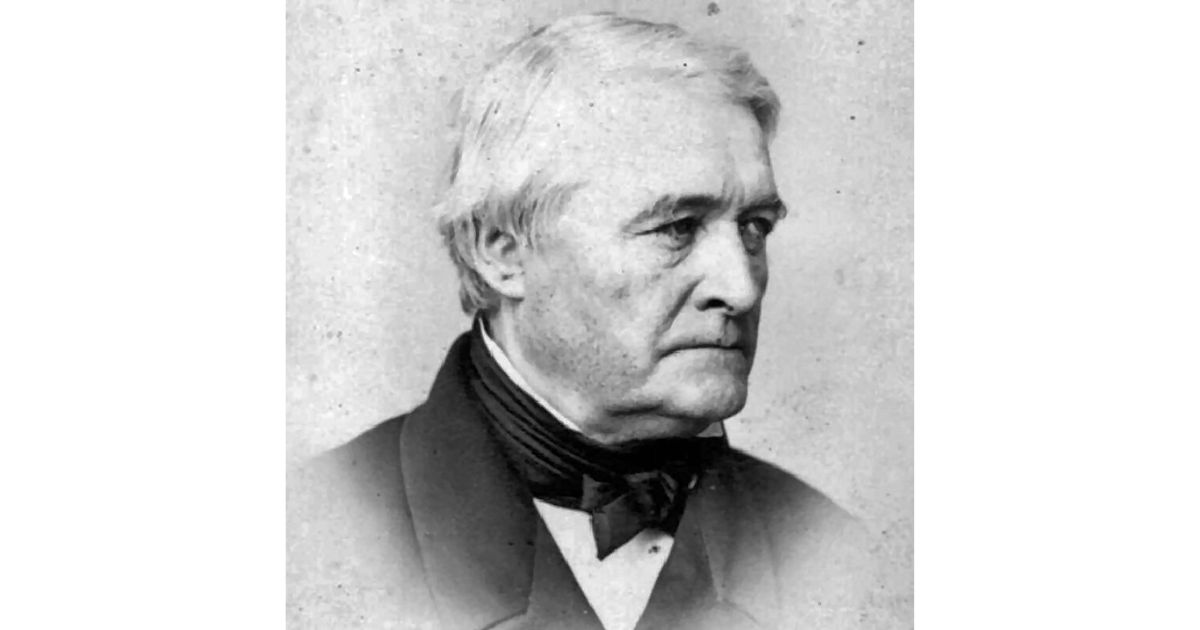
And he did. He had read of French physicist Claude Pouillet’s works about how the sun’s radiation heated the Earth’s surface. He began thinking about how that heat could be used. And that thinking led him to create a solar energy collector.
Mouchot knew about copper being a good conductor of heat; he also knew that a black surface was an excellent absorber of heat. So, if he managed to store water in a copper vessel painted black, the contraption would absorb and retain a lot of heat. But some leakage of heat was bound to happen from the copper surface. So he needed to line the vessel with a material that was a bad conductor of heat.
That material, he decided, would be glass, which he used to cover the front of the solar collector. Then he added mirrors outside the contraption, which reflected an even more concentrated amount of sunlight into the water.
The heat injected by the mirrors enabled Mouchot to make the entire contraption smaller, with a capacity to hold 3 liters of water. It was a sunny day and the water boiled in an hour and a half.
Substantial saving
This was not just an idle experiment; it enabled Mouchot to save the coal he earlier used to heat his bath water. It was less trouble too – there was no hassle of feeding the coal into the stove and lighting it and then cleaning out the embers and ashes.
After that first stage, Mouchot made improvements in the gadget to enable it to boil the water faster. And then he wondered if he could build solar powered steam engines. Such engines would provide vital power at a time when coal was becoming most costly.
He soon created solar cookers, and began to cook his meals in such a cooker.
For some years after that Mouchot proceeded with developing his solar energy projects, working towards building a solar engine that would be a driver of various industrial and agricultural machines.
Mouchot’s pivotal contribution to the field came in the form of the parabolic trough solar collector, which he developed by 1866. This device consisted of a curved, mirrored surface that focused the sun’s rays onto a central point. At the focal point, Mouchot placed a water-filled container encased in glass. The concentrated sunlight heated the water, turning it into steam. This steam, in turn, could be utilized to power a small steam engine.
Mouchot’s invention marked a significant milestone – it was the first time solar energy had been successfully converted into mechanical power.
French government assistance
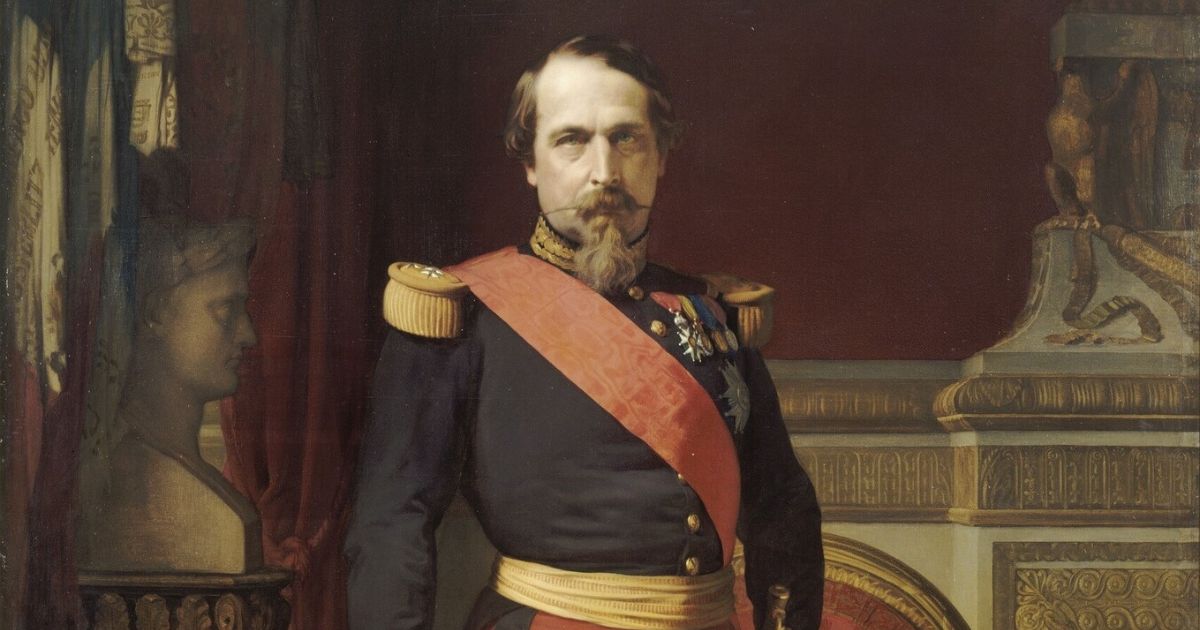
Mouchot then gave a demonstration of his solar engine to Emperor Napoleon III, who was much impressed with the project and agreed to give it technical and financial assistance. This was in 1866. By 1867 Mouchot had built a solar engine that could be used as an irrigation pump!
Elated by the success of the solar collector design, Mouchot decided to develop a more advanced machine.
Then in 1869, he constructed his most impressive creation equipment – a large-scale solar steam engine. This engine, unveiled alongside the publication of his seminal book ‘Solar Heat and its Industrial Applications’, showcased the potential of solar energy on a grander scale.
Then he needed to test it. And what better place to test it other than a hot Saharan environment! France had invaded Algeria and converted it into a French colony in 1830, and in 1848. So that, he decided, was a good place to test his gadget.
An aside: According to Australian-born Yale professor Ben Kiernan, the French colonized Algeria, in the process massacring a large part of the local population. Between 1830 and 1860 as many as a half million to a million out of a total of 3 million Algerians, were killed in war, massacres, disease and famine. Yet another example of what the ‘civilizing Europeans’ did to countries they invaded.
In 1870, just as Mouchot was trying to get additional funding for the project from the French government, France and Germany went to war. By 1871 France was defeated, Napoleon III was exiled and a new government was set up, what was known as France’s Third Republic.
Setback, and comeback
In the melee of the war, Mouchot’s solar machine, set up in Paris, was lost; and to make matters worse, the technical support as well as the funding from the Imperial Workshop came to a halt.
It was a very big setback for Mouchot. Most other inventors in his place would have been disheartened and would have given up. But Mouchot was made of sterner stuff.
He wrote about his work and applied for patents while also writing a book entitled ‘Solar Energy and its Industrial Applications’. And he received three patents for his designs, and the book and the patents made him so famous that in 1876, the French government awarded him a silver medal.
More important than the medal, the government granted him paid leave from his teaching position in order that he might work full-time on his solar energy project in the tropics. Mouchot also received a big government grant of 10,000 francs, and then he was all ready to travel to Algeria in 1877 to carry out his experiments in the hot Saharan climate.
During his stay in Algeria, Mouchot created and tested several versions of his solar energy devices; the various versions meant to serve different uses. So, for example, he made a smoke-free solar cooker for the military to prevent detection of the location by enemy spotters.
When he reported the results of his experiments, the French gave him a grant of 5,000 francs to design and construct the biggest ever solar collector.
Using heat to make ice!
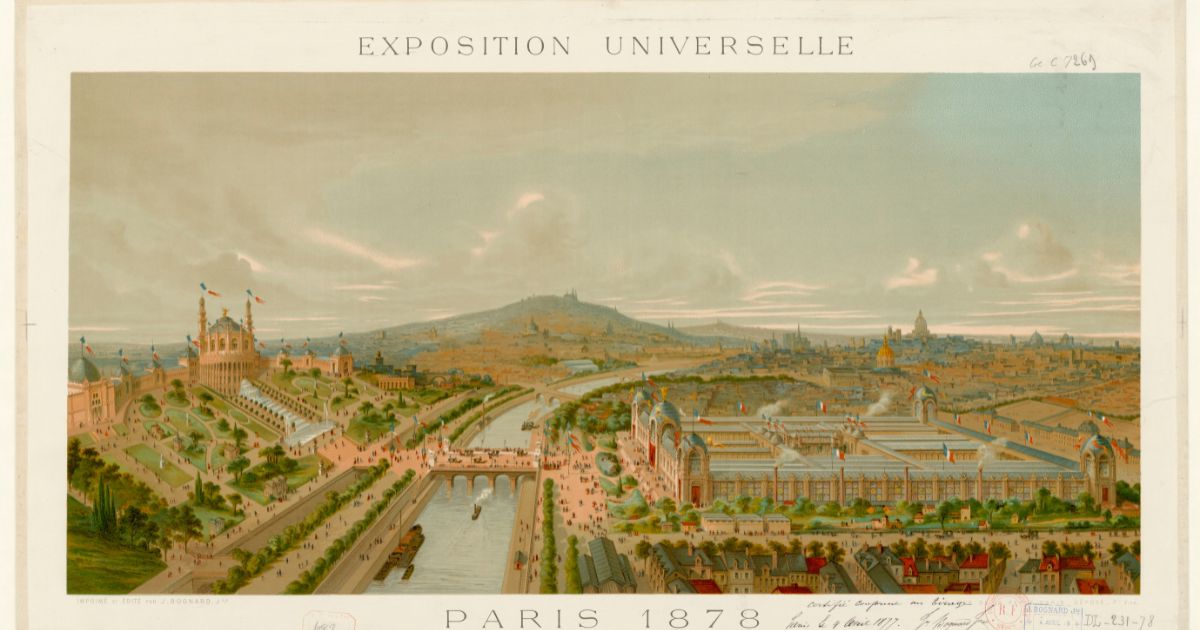
Mouchot planned to display his latest product at the 1878 Paris Exposition, and entrusted the daunting task of constructing a colossal solar collector to a brilliant young engineer named Abel Pifre. The World Fair was planned to run between 1st May and 31st October, and the mirror was completed by 2nd September.
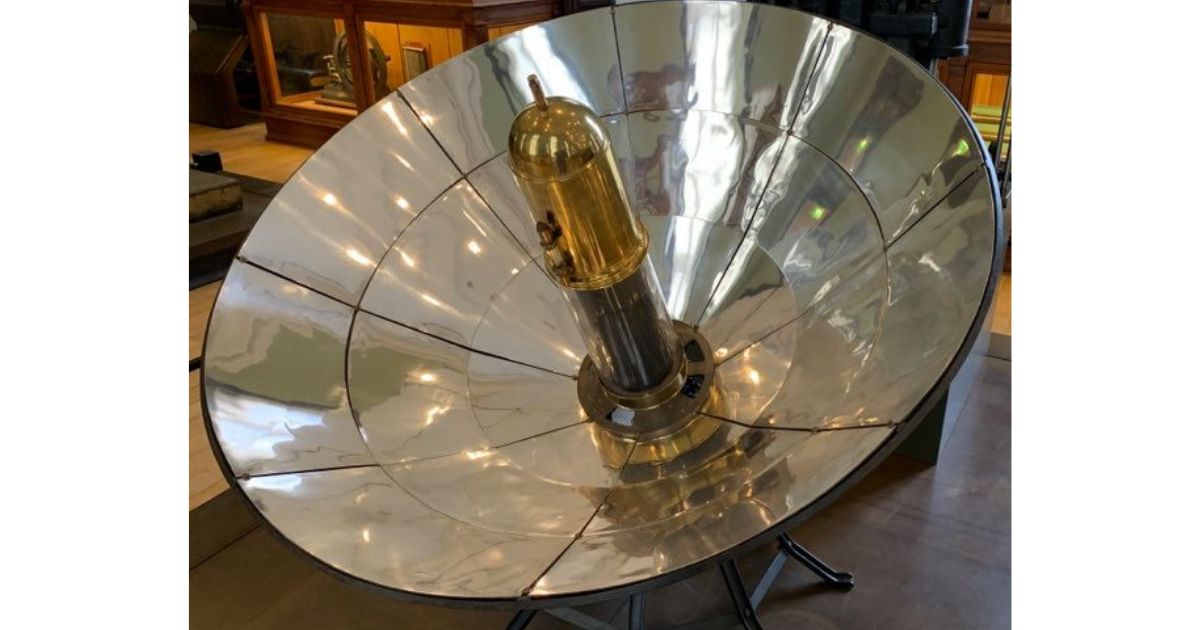
The solar energy collector had the capability to boil 70 liters of water in just half an hour and generate steam pressure reaching six atmospheres. But that was not all. Mouchot and Pifre used this steam generator, which used the scorching rays of the sun to operate an ice-making machine that made blocks of ice. That was an unheard-of, almost miraculous, thing — transforming heat into ice! This groundbreaking work earned Mouchot the Gold Medal at the exhibition.
So Mouchot’s vision extended beyond simply generating steam for engines. He experimented with utilizing solar energy for other practical applications.
You’d have thought Mouchot’s path to great success and even greater fame would have been chalked out. But that was not to happen. He encountered unforeseen setbacks. The discovery and exploitation of vast coal reserves in the late 19th century led to a decline in the price of coal. This readily available and (then) seemingly inexhaustible source of energy overshadowed the potential of solar power at the time.
Public interest and funding for Mouchot’s research dwindled, effectively stalling further advancements in solar technology.
Mouchot died in 1912.
Modern solar technologies have evolved significantly since Mouchot’s era. The invention of the photovoltaic cell, which directly converts sunlight into electricity, has revolutionized the field. Solar panels, based on photovoltaic technology, are now commonplace, powering homes, businesses, and even large-scale utility projects.
However, Mouchot’s legacy extends beyond mere inspiration. His work on solar cookers and refrigeration has paved the way for the development of modern solar thermal applications. Today, solar cookers are widely used in developing countries, providing a clean and efficient cooking solution. Similarly, advancements in solar absorption cooling technology are leading to the development of solar-powered air conditioners and refrigeration systems.




